Boisterous Beach-goers Perpetuate Plover Problem
One of Good Harbor’s Piping Plovers rests in the sand.
Tourism has always been a contentious issue in Gloucester, from causing disastrous beach traffic to deeply affecting the wildlife of the city. It provides money and jobs for Gloucester, but its negative impacts are monumental. In recent years, the crowding at beaches has only gotten worse, and though it is a pain for any resident of Gloucester, some of the smaller ones feel its impact the most.
In 2016, 3 Piping Plovers in need of help were found on Good Harbor Beach by Gloucester resident Kim Smith. Plovers are a threatened species, due to their habit of laying eggs on open beaches and their small stature. Already vulnerable creatures, the birds have faced their share of danger, being forced to make a nest in the parking lot of the Good Harbor when beach visitors made the dunes unsafe to lay eggs in. Due to determined Gloucester residents like Kim Smith, the birds survived, and have continued to return to Good Harbor every year since.
“Right away I could see the Plovers were struggling to nest,” said Smith. “I was very taken by how tiny, yet determined they were, curious to learn more, and astounded that any creature could have a nest on a beach as busy as our Good Harbor Beach during the summer.”
Good Harbor is a well-established tourist attraction for the city, recently being named as one of the top 25 beaches in the country. With that listing, large numbers of out-of-town visitors have shown up at the beach without prior knowledge of the Plovers. Some ventured into the dunes where the Plovers nest, and unknowling disturbed the birds, causing them to nest in unsafe areas. The issue is not that there are tourists visiting Gloucester’s beaches. It is their blatant disregard for the safety of the animals that live on those beaches, like the Plovers.
“During April and May when the weather is especially nice, and we don’t have anyone minding the beach, we have been getting an increasing number of large groups from out of town that are not respecting the roped off areas, using the dunes to relieve themselves, and leaving behind huge amounts of garbage,” said Smith. “The garbage is not only polluting the environment, but also attracts crows and gulls, both of which eat Plover eggs and chicks.”
The tourists are not the only problem, however. Dog owners who let their pets off of the leash at the beach also pose a threat to the birds.
“Every morning, during April and May, as soon as the roping is installed, we see people and dog footprints traveling through the roped-off areas,” said Smith. “When dogs and people go through the nesting area, it impedes the Plovers from nesting and the eggs are easily stepped upon as they are so well camouflaged. Once the chicks hatch, dogs running off the leash, as well as people who aren’t aware of the Plovers, can very easily squish the tiny chicks. Very sadly, I think we lost an entire clutch of four, four-day-old chicks to just this.”
During the spring months, it is vital for the Plovers to be safe, so they can nest and lay eggs. Unfortunately, lifeguards are not posted on the beach during this time, but even when there are lifeguards watching, visitors still show disregard for the Plovers.
“You can really tell who the tourists are,” said Good Harbor Beach lifeguard Willow Barry. “They really don’t care about the beach or the animals living on it. When pets were allowed on the beach, people let their dogs run up into the dunes and disturb the environment, and the other day I saw this kid just casually walking under the rope, through the dunes. It’s like they don’t understand the seriousness of the Plover’s situation. Tourists also leave a disproportionate amount of trash on the beach, which can be super bad for sea animals.”
In 2018, a group of volunteers including Kim Smith, the Piping Plover Ambassadors, worked with the local government to keep the Plovers safe. The City Council was able to have the Good Harbor Beach Dog Ordinance changed to better ensure the safety of the Plovers, and the ambassadors also make sure that signs and roping are in place on the beach by April 1st every year. National Oceanic and Atmosphere Administration (NOAA) employee Jill Ortiz is a volunteer ambassador and was also able to install a monofilament disposal bin at Good Harbor Beach to prevent synthetic fibers from harming the birds. The ambassadors have continued to protect the birds, and are looking for youth volunteers to join their movement.
Spreading awareness about the severity of the Plovers’ situation is one of the group’s main goals going forward. If people, especially out-of-towners, were better informed about the safety and needs of the birds, they would be less likely to actively hurt them. Gloucester residents are taking more initiative, and positive changes have been made, but beach-goers without information about the Plovers continue to be a problem.
While there are dedicated volunteers and members of the community working hard to ensure the Plovers continue to come back to Gloucester, they are still incredibly fragile creatures. The Plover mother who nests at Good Harbor lost her foot over the winter when it became entangled in seaweed and microfilament. Fortunately, she was able to lay four eggs this year, even though she is injured.
Plovers are not the only species endangered by Gloucester’s culture of tourism, although they might be the cutest. The issue expands far beyond just the Plovers, as tourism has a negative impact on almost all beach-dwelling creatures, including Least and Roseate Terns, and shellfish, which are also put in danger by the habits of beach visitors and tourists. Despite the attitudes of the uninformed, there is hope for the Plovers and others like them. People like Kim Smith and the Piping Plover Ambassadors are dedicated to ensuring the safety of the Plovers, and have made a lot of progress. The group continues to spread awareness and work to put safety regulations in place.

Clara Del Vecchio is a senior at GHS, and editor-in-chief for the Gillnetter. In her free time, she enjoys baking, knitting, and reading, as well as occasionally...





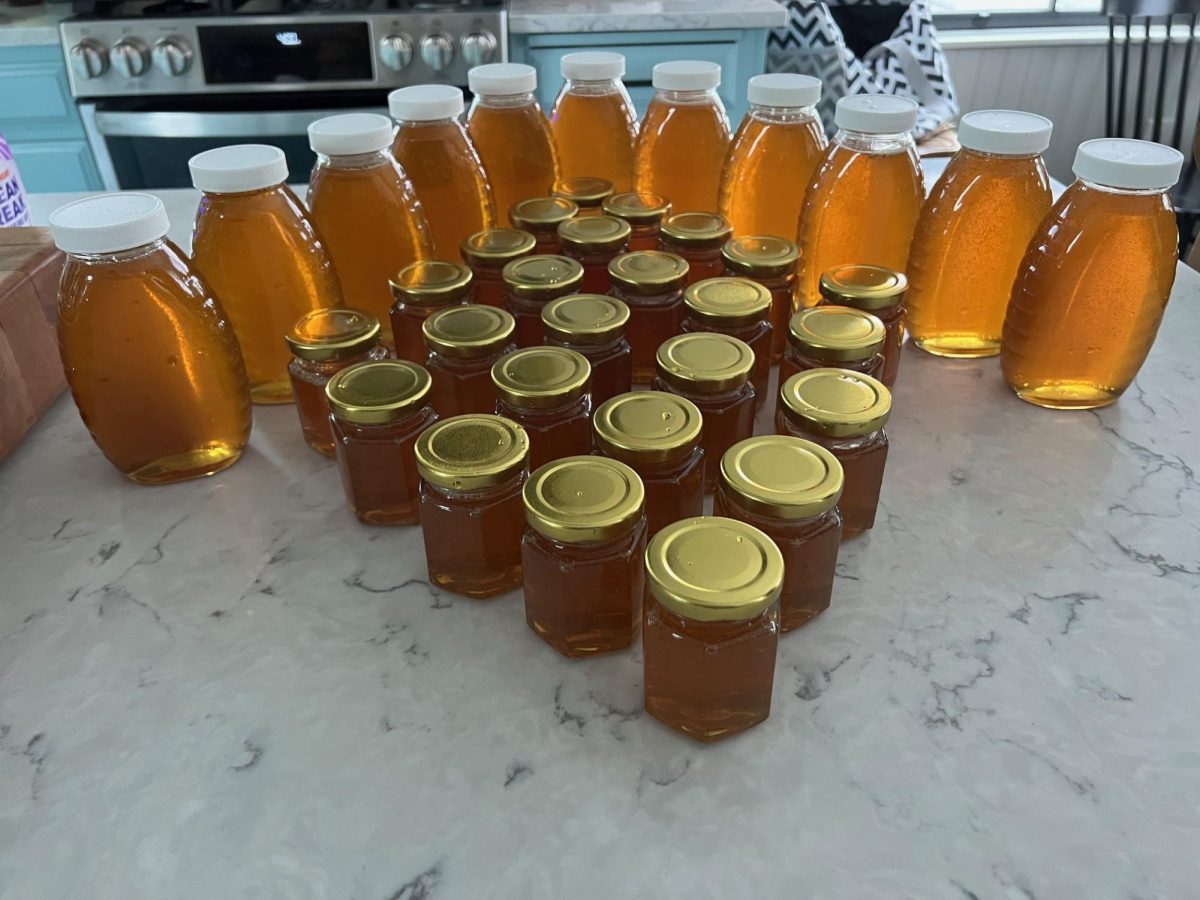


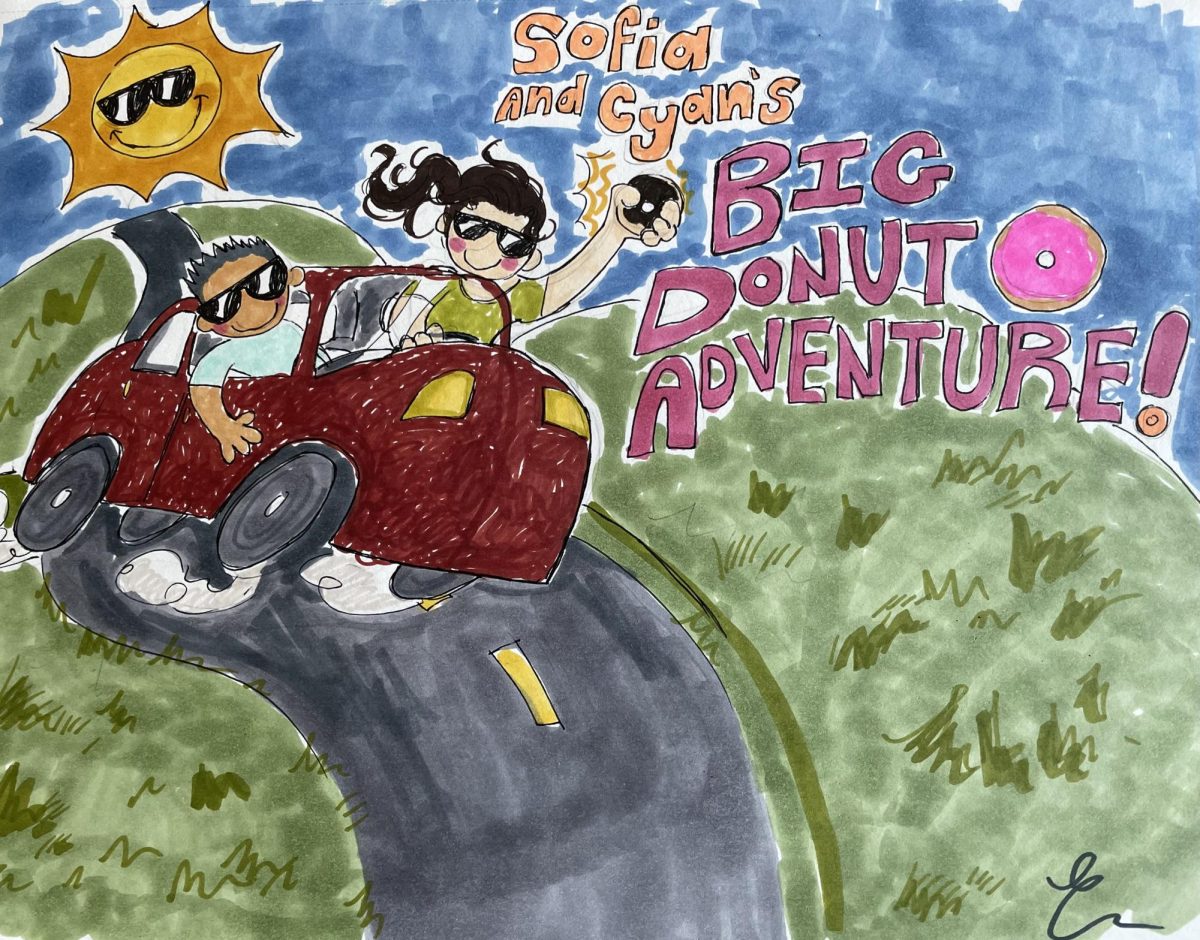

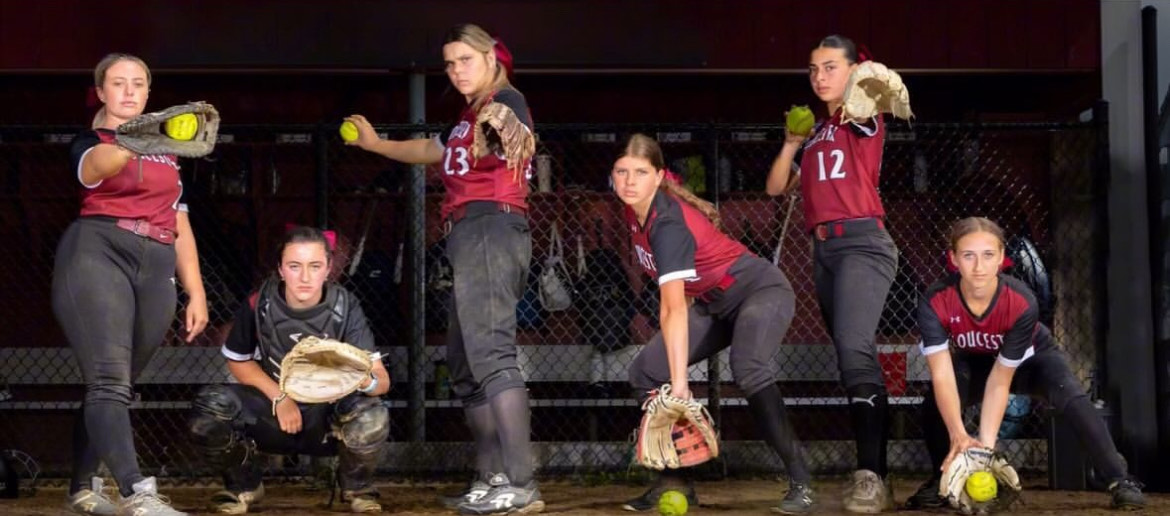

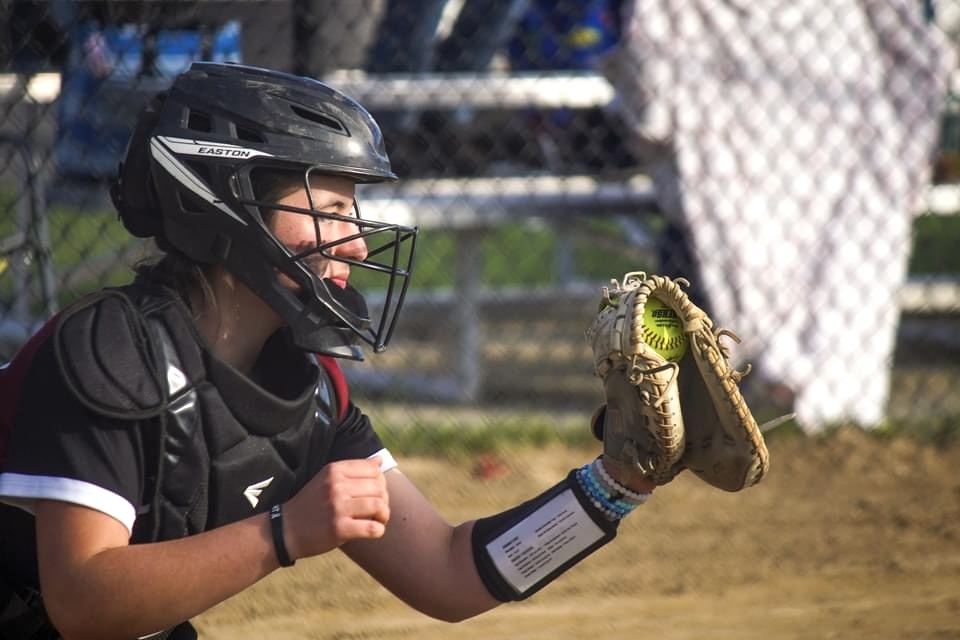

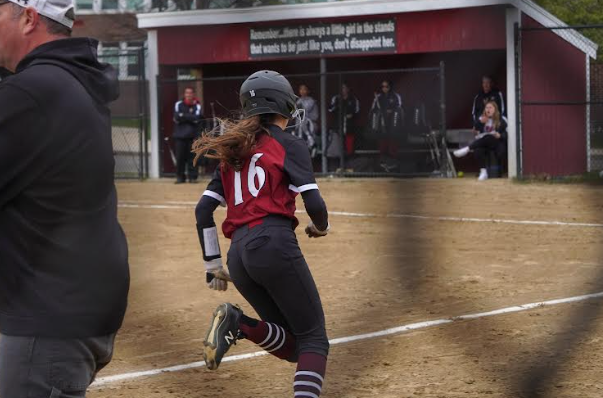
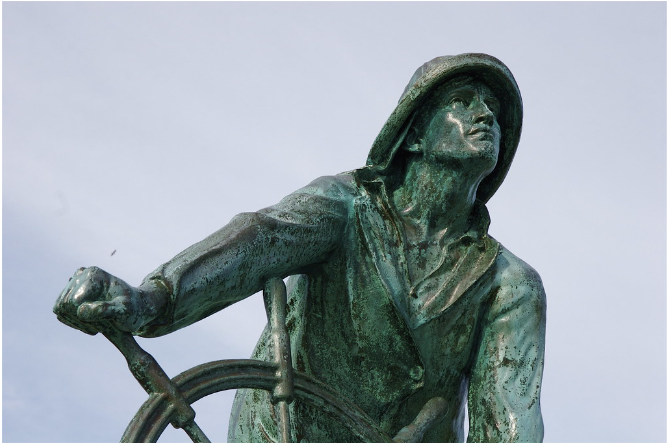
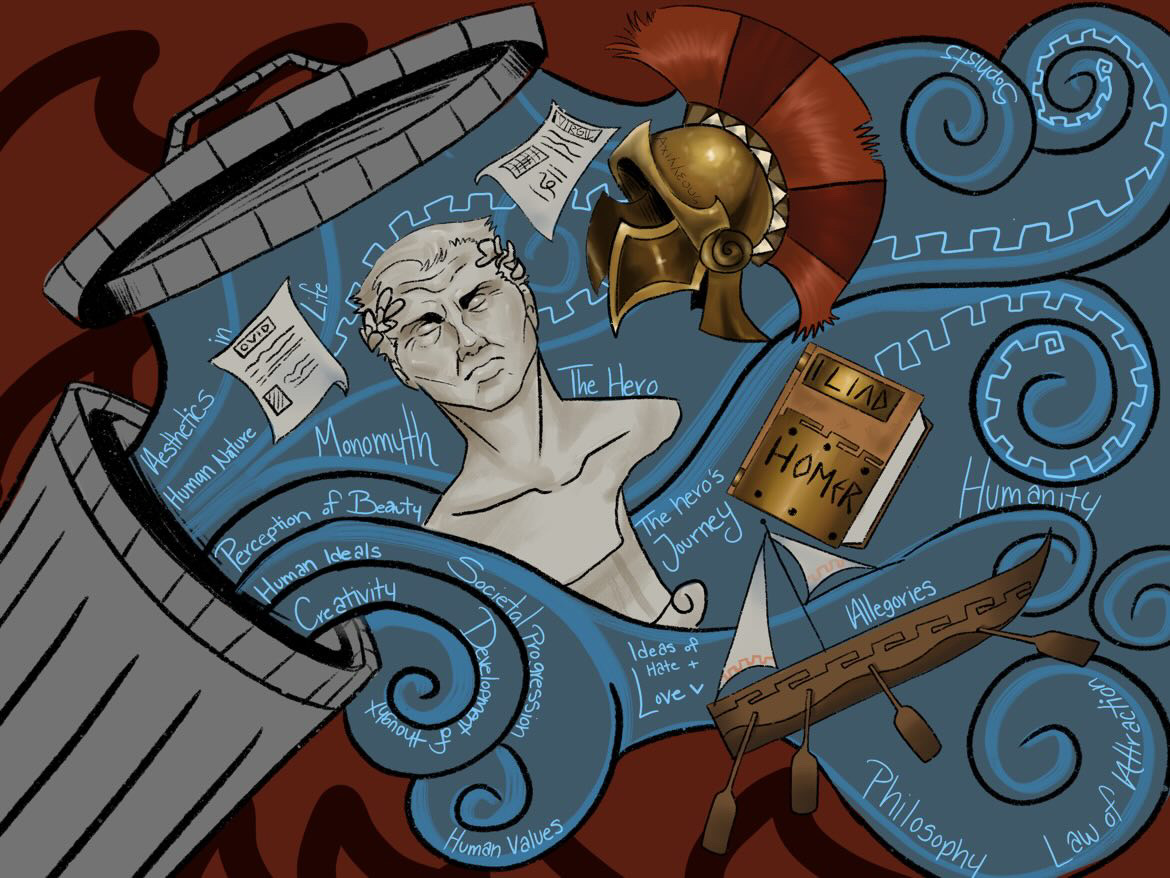
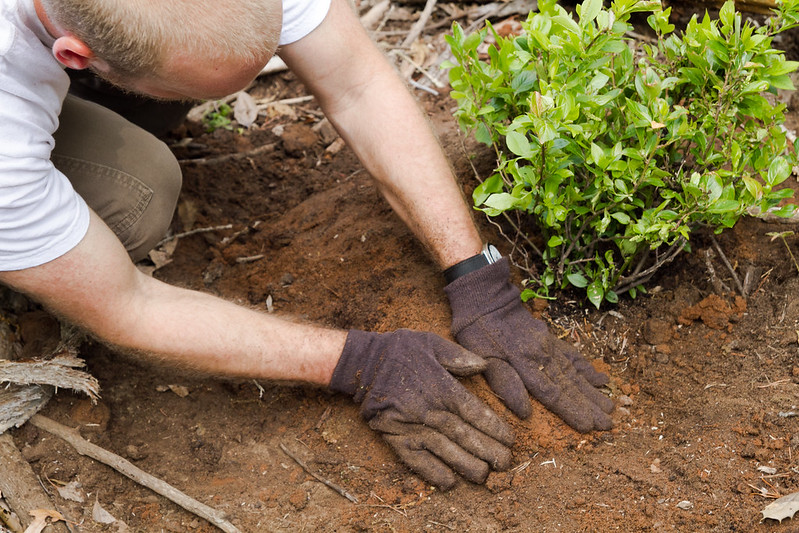

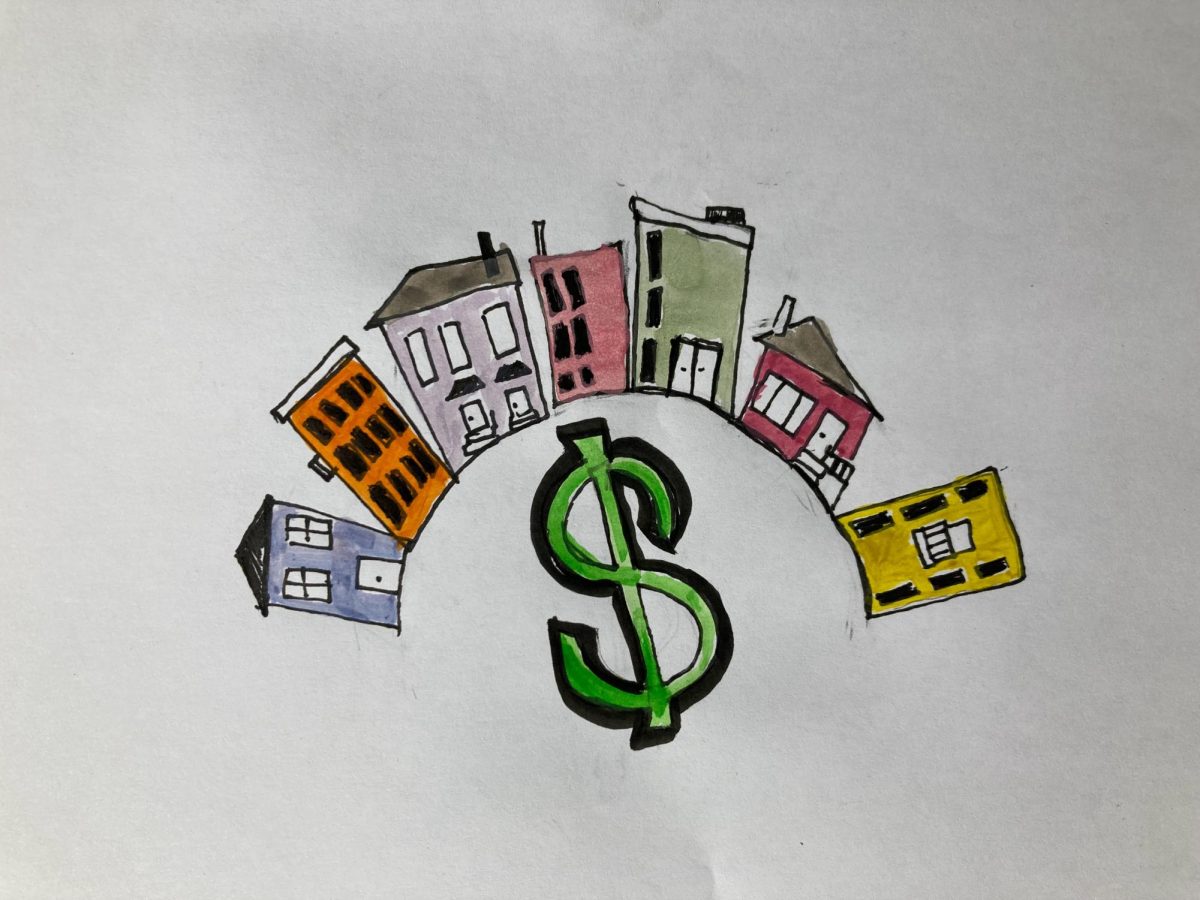
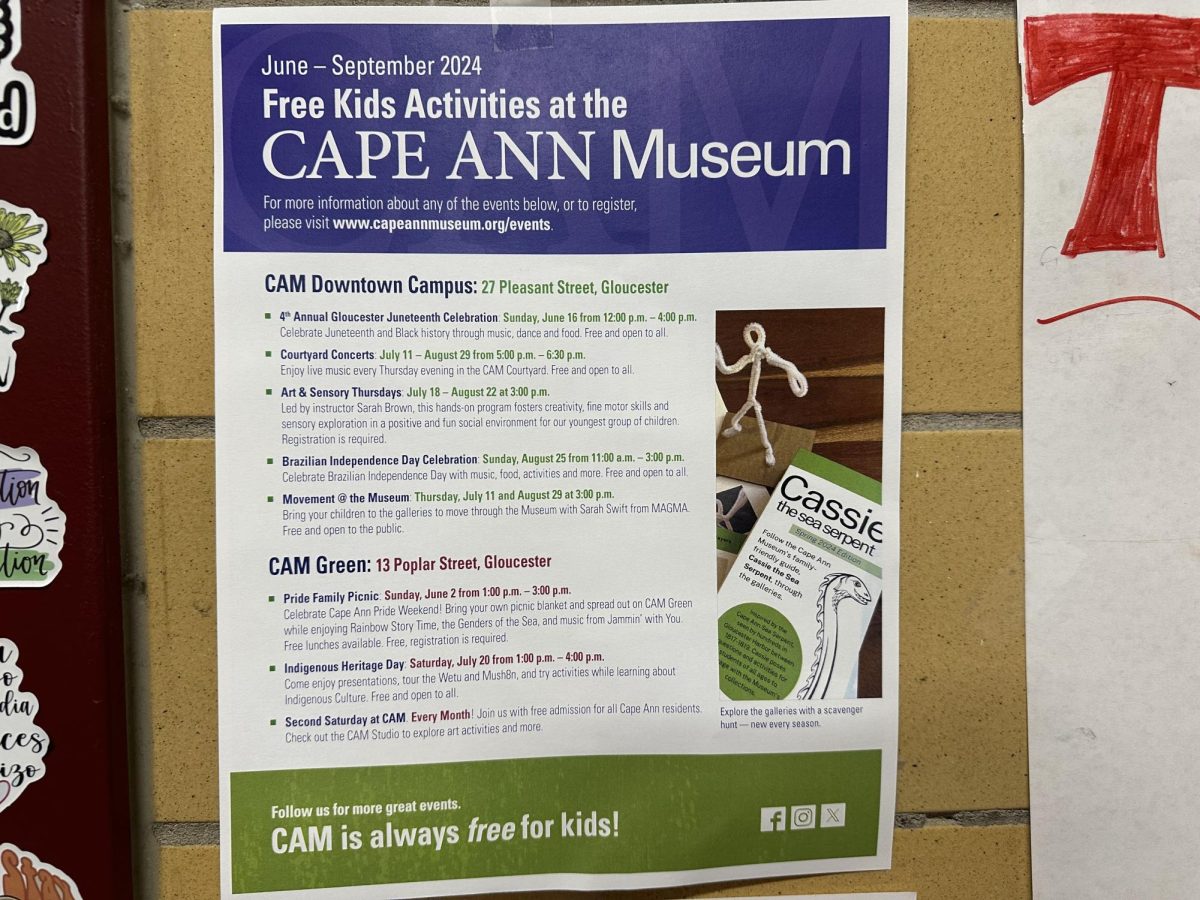


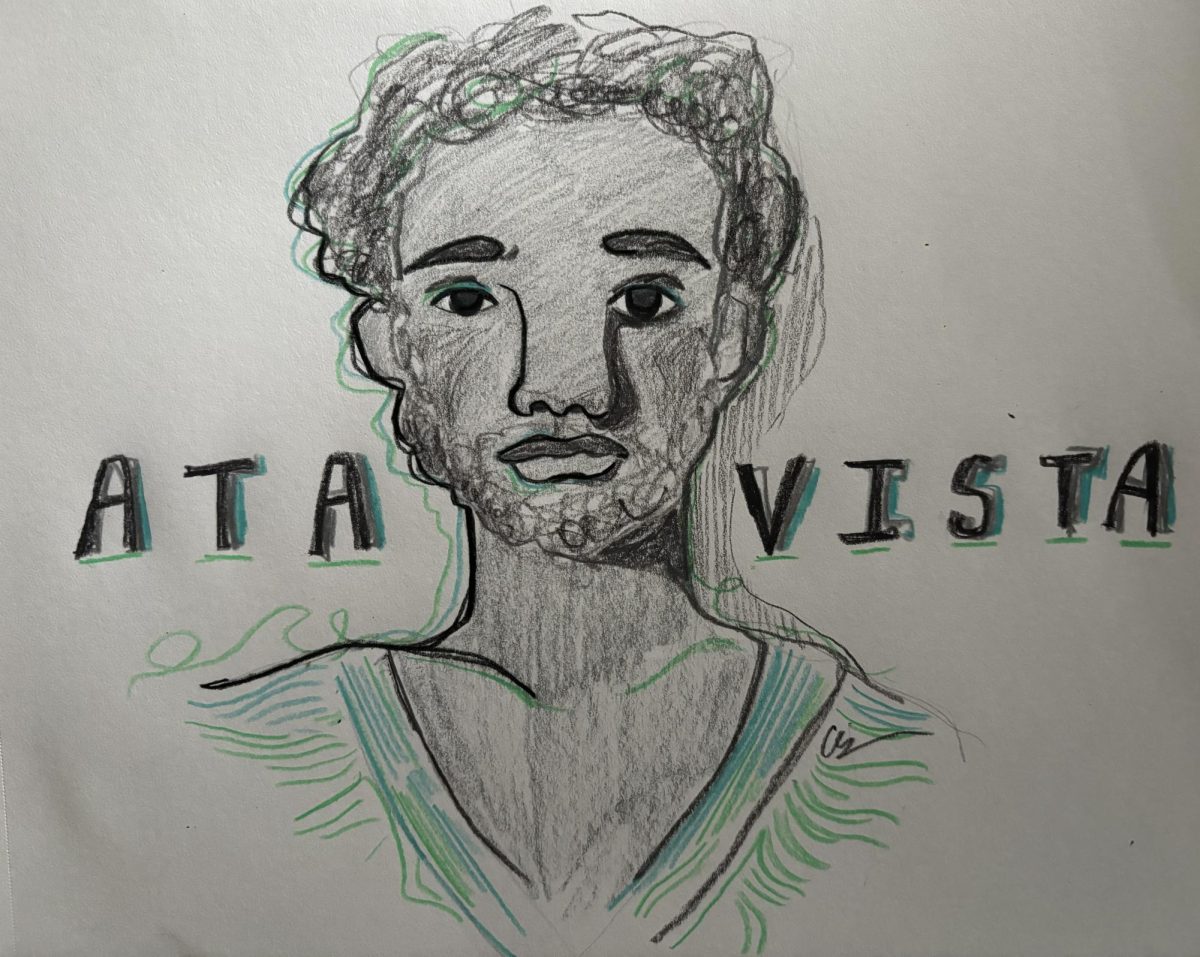




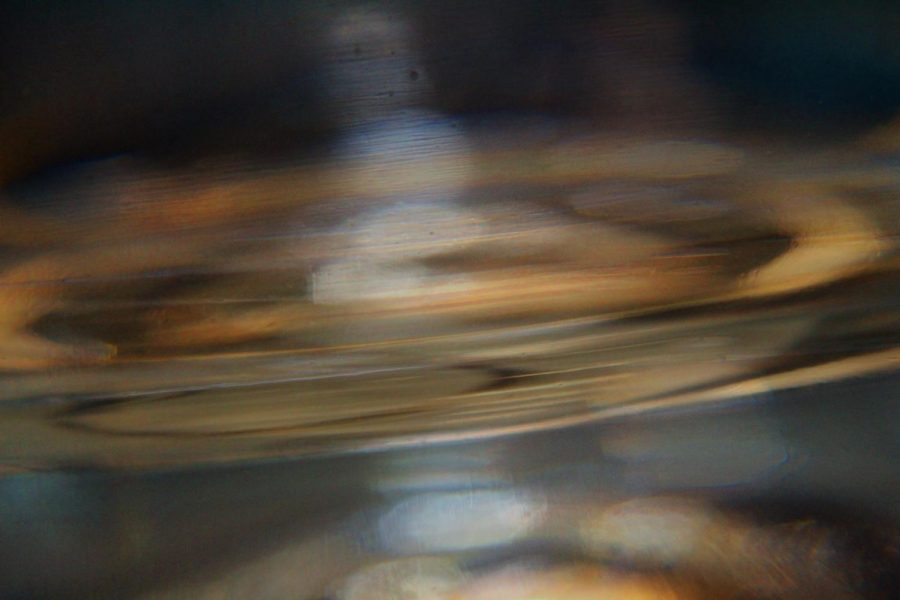
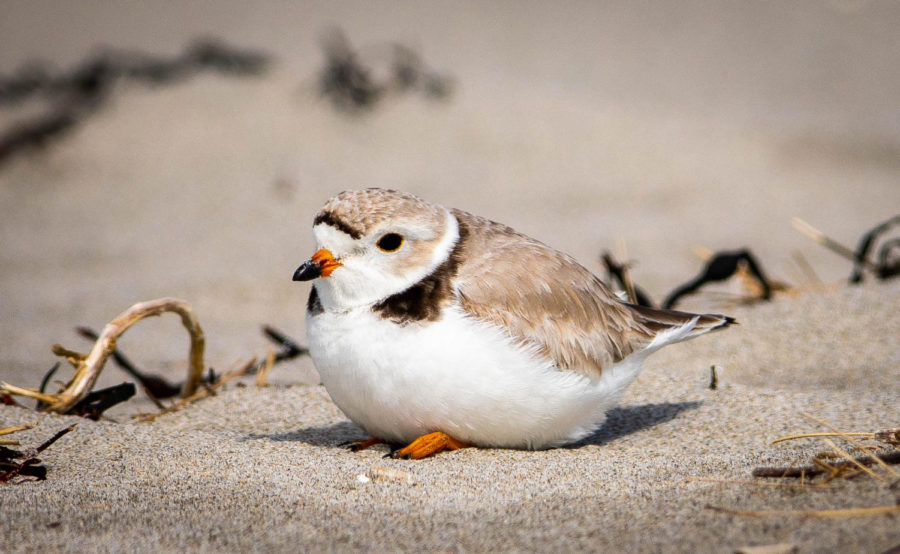
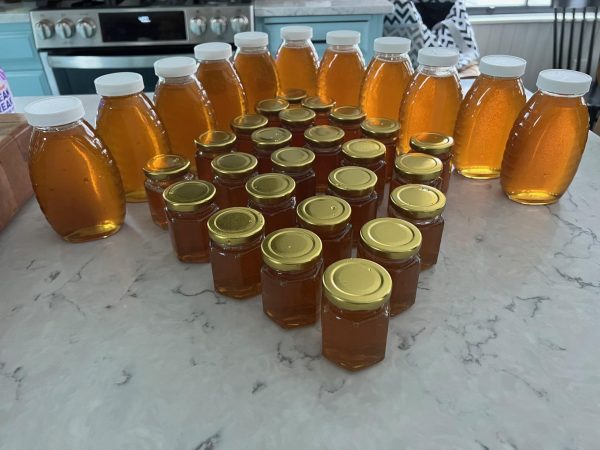


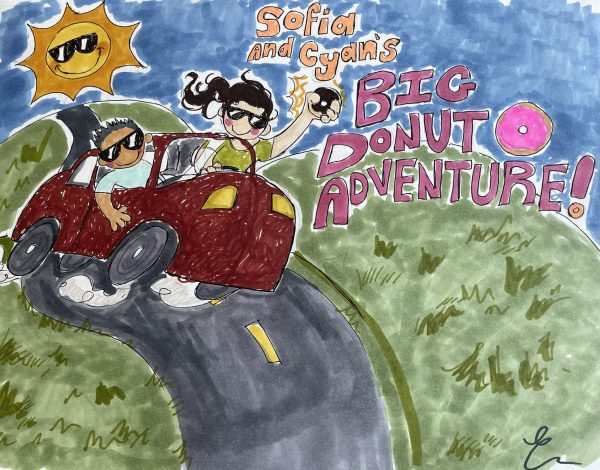

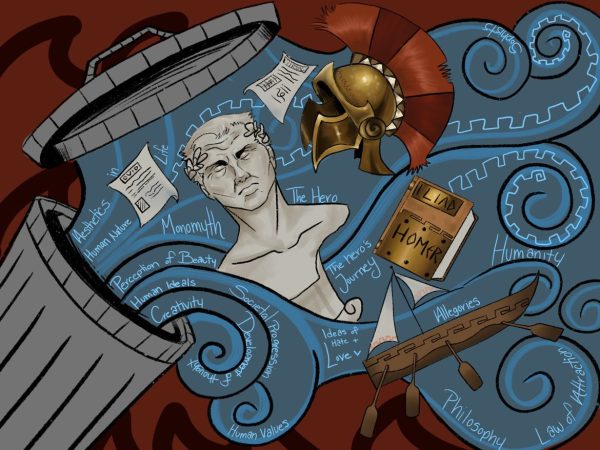
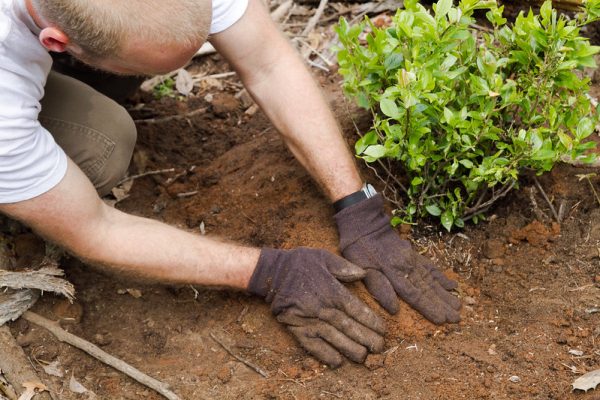

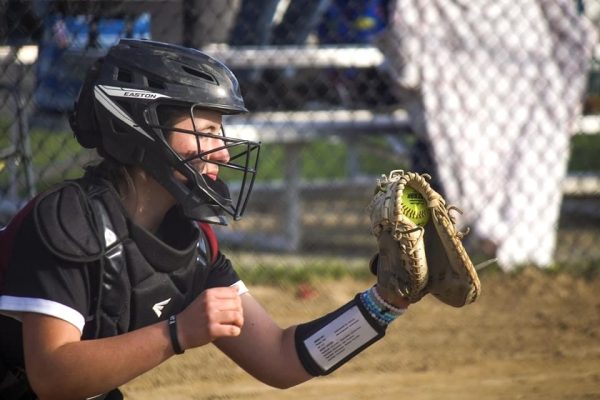




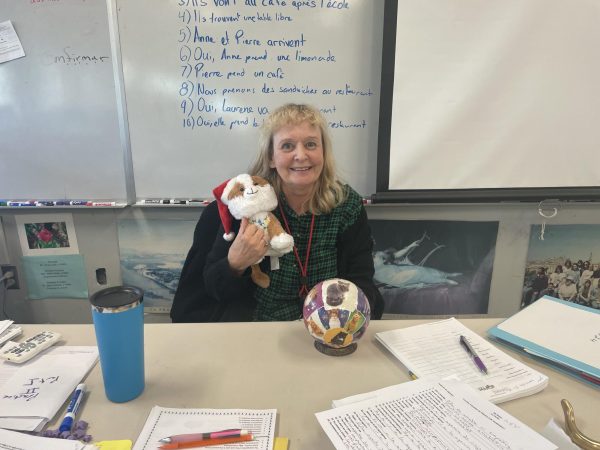

Evelyn • Jun 25, 2022 at 6:59 am
Terrific.
Please write an article about the pollution in the creek. This year 2 and it still isn’t rectified. Not much is said about it and I believe it should be made more of an issue. Thank you!
Joanne Evans • Jun 8, 2022 at 8:03 am
So grateful the work that they are doing to save the plovers! I see many of these same issues on Hampton beach in New Hampshire. I’ve stopped kids trying to catch a young plover in a fishing net as well as countless kids chasing them. More education is needed…and hopefully more respect for the creatures we share the beach with.